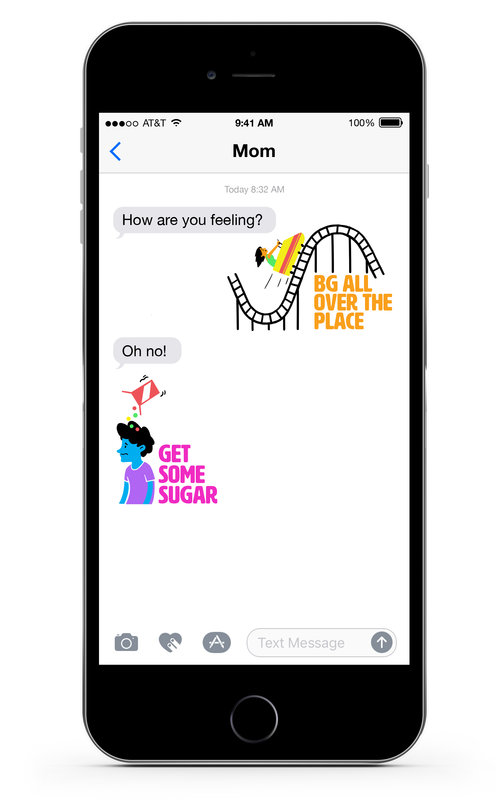
This might come as a surprise to some but advocating didn't come naturally to me. I was taught (or influenced, perhaps) to believe that people of authority - which included policemen, fire fighters, teachers and of course, medical doctors - demanded deep respect. When they spoke, I listened. This fully underscored that it was expected to do whatever it was suggested that I do. Without hesitation.
Then, one day, I was in a college writing class and suddenly, I had an epiphany; one of my professors had taken a liking to me (although at the time, I felt like it was a disapproval) and challenged my personal narrative. What I discovered was that I didn't just need to regurgitate other's opinions, but instead, could begin to champion my own voice. While it felt completely foreign and subjective in tone, it also felt right. For the first time, I had power to share what I believed to be true using my own moral compass. Right or wrong, I had a belief and it mattered.
Old habits are hard to break and routinely, while in medical appointments, I would find myself slipping back into a passive patient role and forgetting that I might provide a greater value by focusing on my own personal needs. After all, if I never spoke up, how would anyone know what roadblocks I might be challenged with in terms of employer, insurance, income, and even educational limitations. In my case, I often just went with the flow and tried to work around any personal constraints to take the medication or follow the prescribed doctrine.
When our youngest presented with symptoms that simply did not make sense of the given medical explanation by our pediatrician, that passivity became dangerous. So much so, that a week in the hospital recovering from DKA, kicked off the ultimate personal change... no longer was I going to accept a response without researching and analyzing alternatives. This wasn't just about me, but it was also about my children.
I can admit this now, but, I think I became kind of a jerk. I was so far away from collaborative care that it took an obsessive online search to believe anything that was said from anyone. Until finally, I was simply exhausted. I knew that I needed a team and that team needed to be with a group of people that were committed to creating positive change and improving care for my children and for the greater T1D community.
I also needed to find joy again. Diabetes is hard and this wasn't making it any easier.
So how did I get there? A few ways.
1.) Taking time. I needed to grieve. Part of the diagnosis of T1D was recognizing that I felt completely failed by our old medical team. Right or wrong, I also felt guilty in not seeing the signs of T1D and knowing how to respond to them. In order to find my voice, I had to accept that not everything would be in my control, nor was I expected to know how to handle every situation.
2.) Building a team. After our botched diagnosis, I had to break away from our first pediatrician. In order to do so, I needed to find another that was more in alignment to our family needs. I also needed a pediatrician that was confident enough to work with me and to form a partnership that focused solely on giving the best care and being humble and honest enough to admit that not all of the answers would be perfect. However, we would get there, and we would do it together.
3.) Having a desire to 'Pay it Forward'. Part of our family's success has been to work to help others. We volunteer, we share ideas, we communicate. That's the biggest piece in finding your voice. I often say that the first dx taught me what I needed to know while the second dx taught me how I want to change it to make it better for everyone. To me and to the girls, there is great joy in taking an awful moment and creating improved care for all.
This is perhaps the greatest joy life can give.... creating a lasting and meaningful change to give happiness to the world around you.
















